Let's talk about
Social Capital
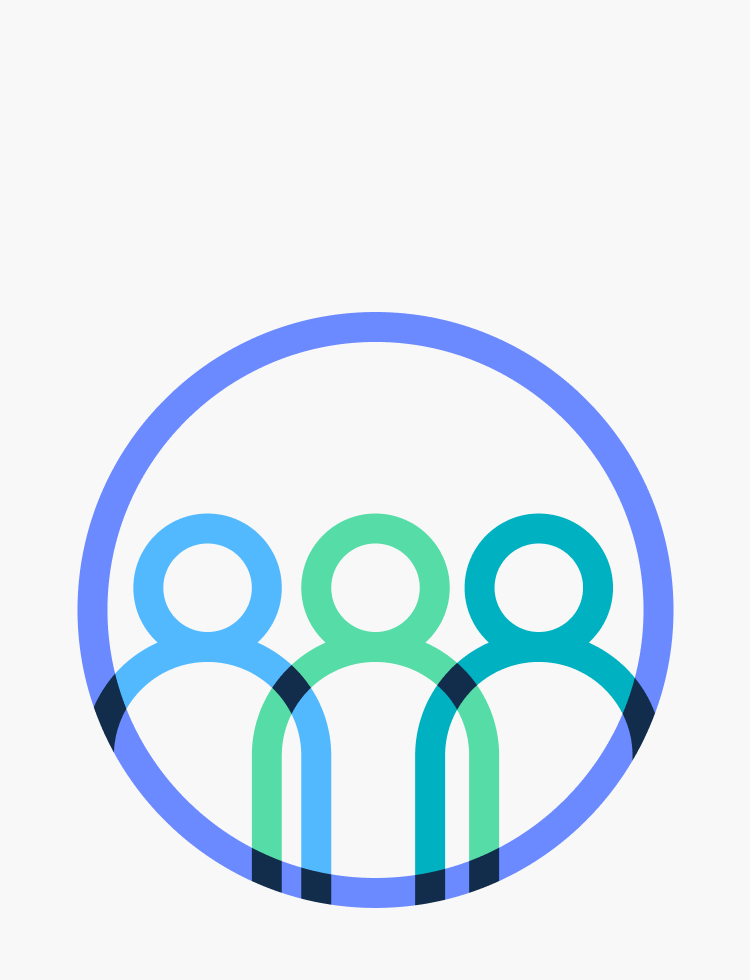

How we talk
about Social Capital
Social capital refers to connections, trust and cooperation between people.
It lives in our relationships: who we know, who we trust, how we show up for each other, how we share information and how we act together in times of need.
These invisible networks of people help communities thrive – socially, economically and in times of crisis. It improves the daily lives of individuals, and in doing so, makes communities stronger, more connected and more resilient.
Read the Social Capital descriptor
Why measuring
Social Capital matters
If we don’t measure it, we can’t value it.
Understanding social capital levels in neighbourhoods helps strengthen social cohesion, build disaster readiness and create happier people and places.
To make social capital part of our everyday conversation, we need to measure and track it.

Resilient Ready CEO
What we measure
Social Ties: the building blocks of Social Capital
Social ties are the various connections people have with others and are what we use to measure social capital. There are three main types of social ties:
- Bonding ties – connections with people who are close often through shared experiences or backgrounds
- Bridging ties – connections between people from different backgrounds such as cultures, generations or experiences.
- Linking ties – connections between community members and people or organisations with power, influence or authority
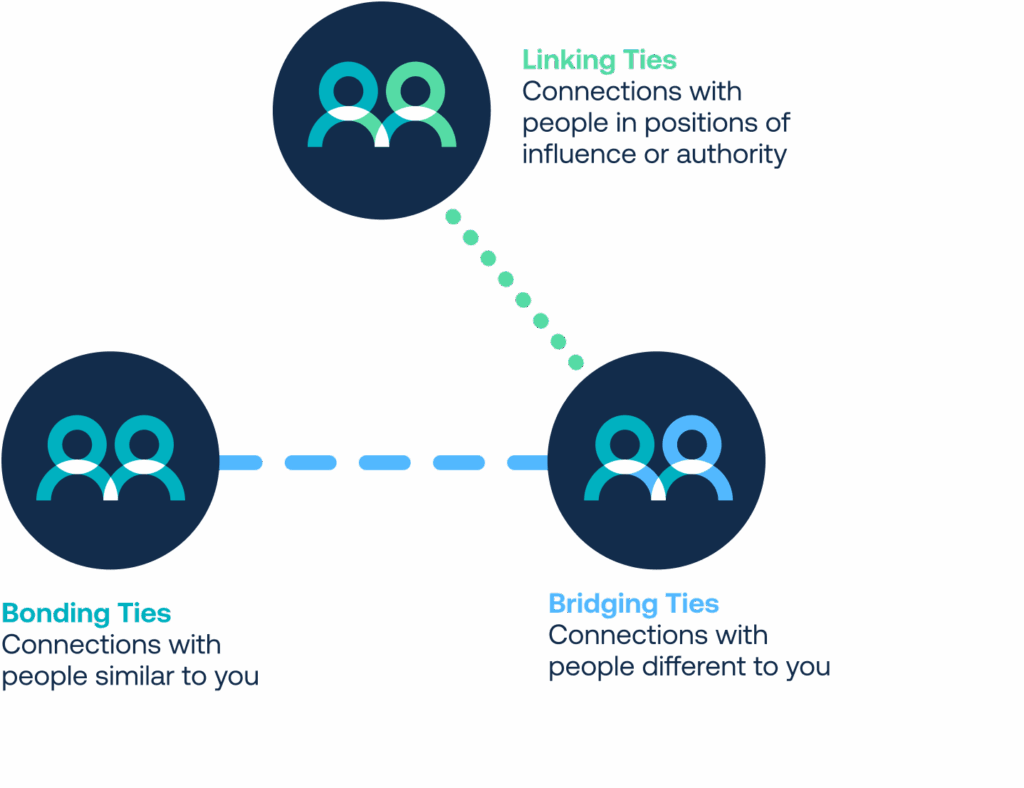
How we measure Social Capital
3 steps to measuring
Social Capital

1. TRACK INDICATORS
We track indicators from national data sets for bonding, bridging and linking social ties – we are currently tracking 18 indicators.
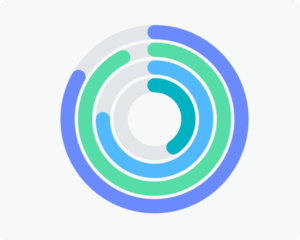
2. MEASURE NEIGHBOURHOODS
We measure how strong (or weak) the individual and combined social ties are at the SA1 neighbourhood level – around 200 to 800 residents.
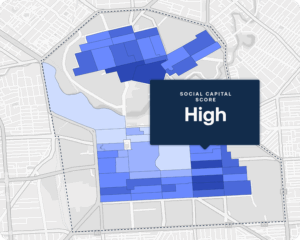
3. VALIDATE AND PUBLISH
Findings are validated internally and externally then published on our mapping tool, with neighbourhood levels from very low to very high.
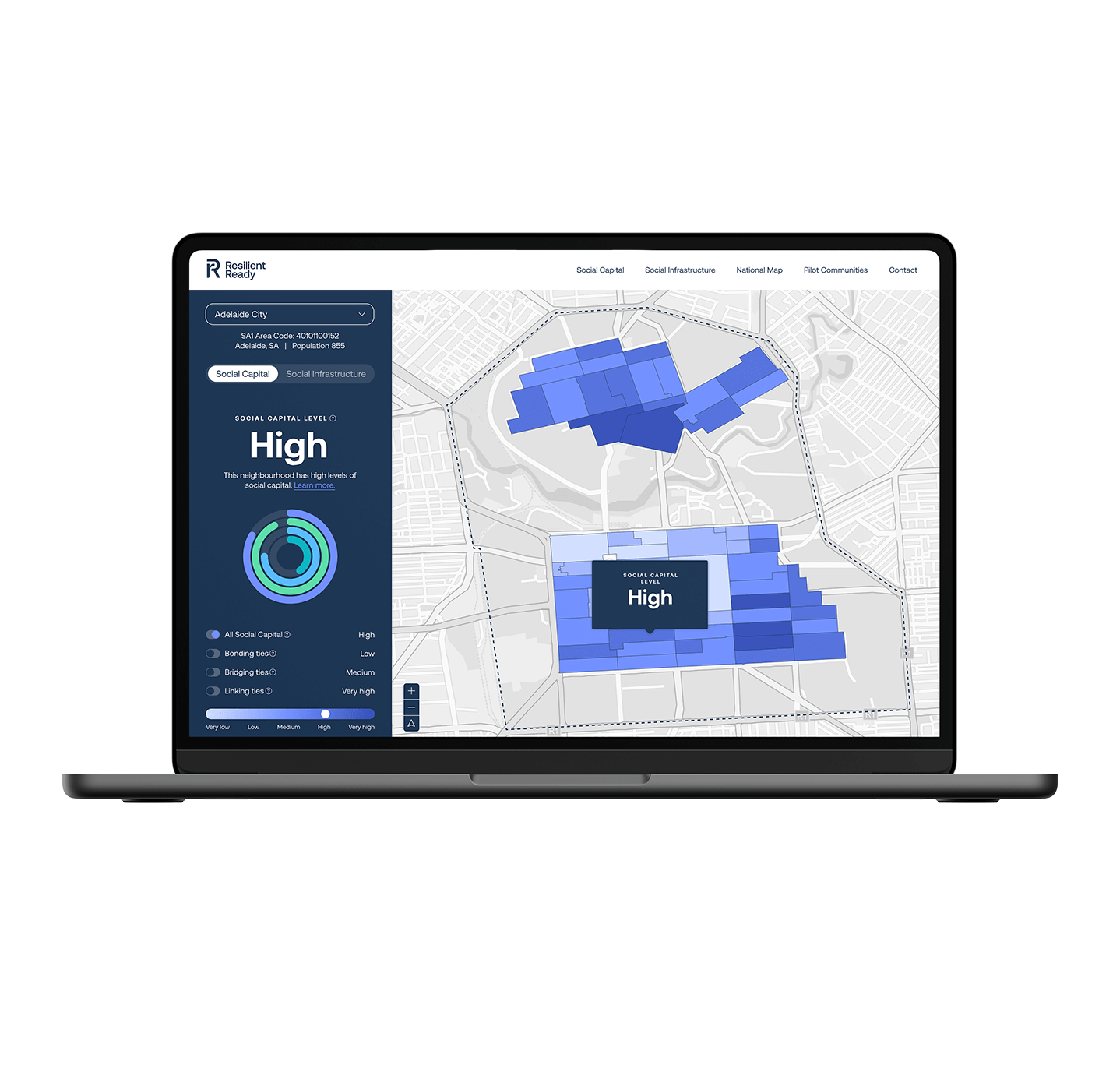
Mapping Tool
Making Social
Capital visible
Sociabli brings together national data sources and world-leading research to measure bonding, bridging, linking and combined social capital ties.
This enables us to:
- Understand the strength and spread of social ties
- Identify areas that need targeted investment in connection
- Build stronger, more connected communities
Measuring social capital connections helps us see the social fabric that holds communities together.

Professor Daniel Aldrich
Global expert in disaster resilience
Subscribe for updates
Receive the latest news, insights and more from Resilient Ready. You can cancel at anytime.
